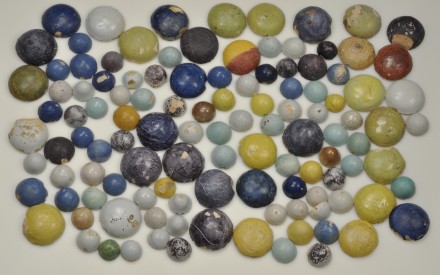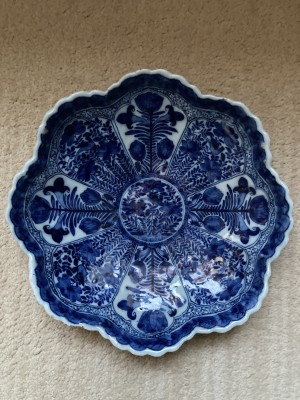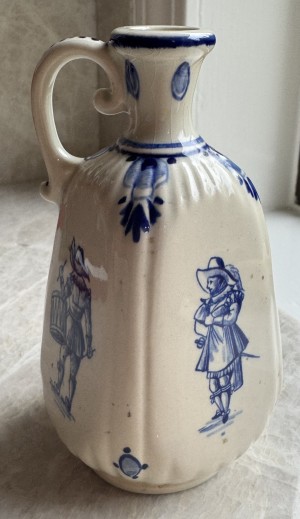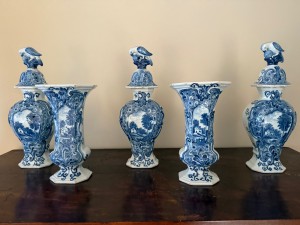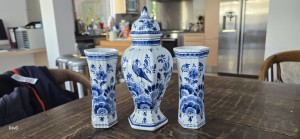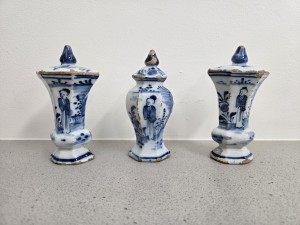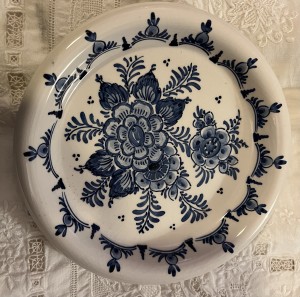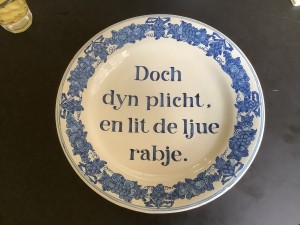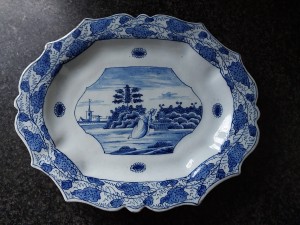Suzanne Klüver studeerde kunstgeschiedenis aan de Universiteit Leiden. Tijdens haar studie specialiseerde zij zich op het gebied van Aziatisch (gebruiks)porselein binnen de Nederlandse archeologie. Van 2013-2021 werkte ze als conservator kunstnijverheid bij Museum Prinsenhof Delft waar ze zich vooral bezig hield met tentoonstellingen rondom de collecties Delfts aardewerk en Chinees porselein.
Suzanne is momenteel zelfstandig ondernemer en richt zich op brede inzetbaarheid binnen de wereld van kunst en musea. Naast het werk als freelance conservator en onderzoeker heeft zij inmiddels een lijstenmakerij en galerie in Japanse kunst in Schiedam geopend waar ze al haar werkzaamheden combineert.

